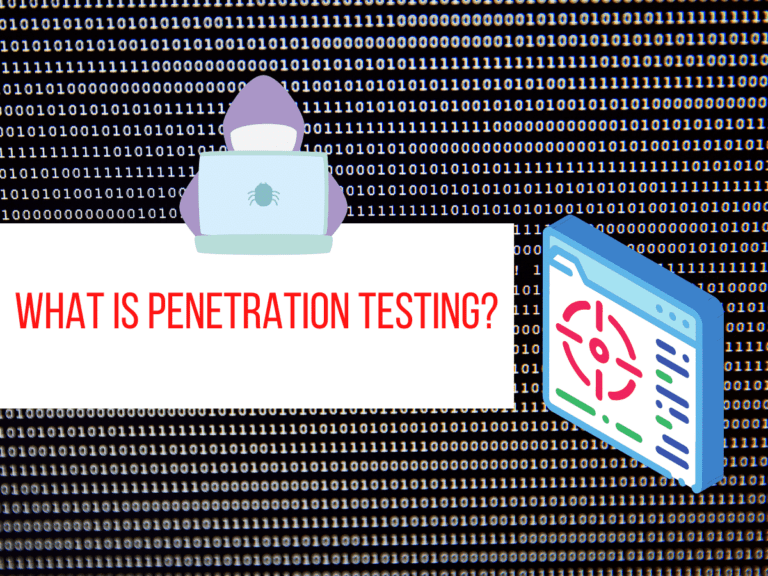What Is Penetration Testing?

So, What Is Penetration Testing?
Penetration testing is the process of finding and fixing security vulnerabilities in an organization.
Part of the pen testers process is to create reports that show threat intelligence and help navigate organizational cybersecurity strategy.
Pen testers take on the role of offensive security (blue team) and perform attacks on their own company to find vulnerabilities in systems.
Since threats are constantly evolving, pen testers need to constantly learn new tools and coding languages to become better at securing an organization’s assets.
Automation has become more and more important in pen testing as digital threats multiply and demand for more pen testers increase.
This process covers all digital assets, networks, and other possible surfaces for attacks.
Businesses may employ their own pen testers to focus solely on the firm’s security, or they may hire out to a pen testing firm.
Why Is Penetration Testing Important?
Penetration testing is an important part of an organization’s security strategy.
Think of it this way:
If you wanted to make sure that your house didn’t get broken into, wouldn’t you think of ways to break into your house, then do things to prevent those methods from happening?
Penetration testing doesn’t cause harm to your own company, rather, it can simulate what a criminal could do.
Essentially, pen testers are always looking for new ways to pick a lock, then securing the lock from being picked using those same methods.
Pen testing is a great way to prevent future attacks, by finding attack vectors before the hackers do.
What do Pen Testers Do?
Pen testers perform a variety of technical tasks as well as communication and organizational tasks to do their jobs effectively.
Here is a list of duties that a pen tester may have to perform:
- Stay informed on current vulnerabilities
- Review codebase for potential issues
- Automate testing tasks
- Perform tests on applications
- Simulate Social Engineering attacks
- Teach and inform coworkers of security awareness best practices
- Create reports and inform leadership of cyber threats







